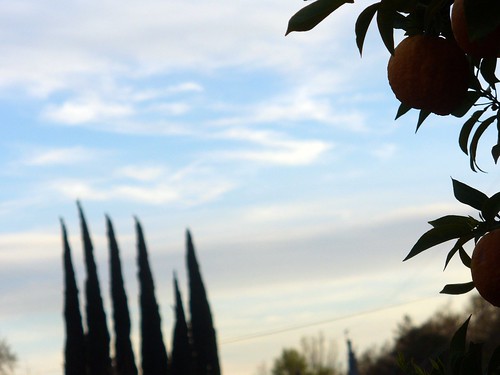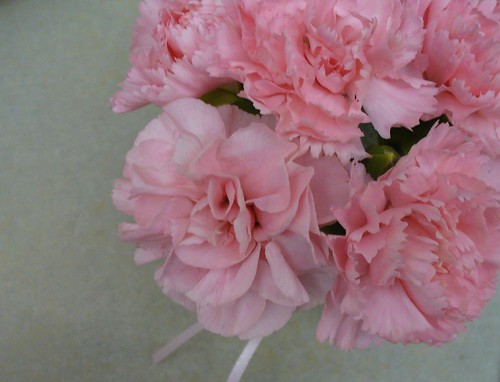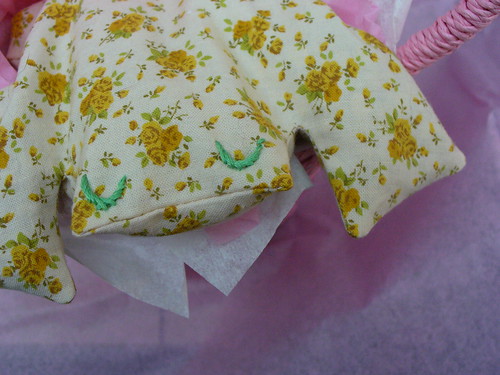
We are all akimbo over here: garage sales, paint brushes, cardboard boxes. And not much else to say.
But it was well past time for some new scenery on this page, don't you think?


May you always have courage to take a chance and never find frogs in your underpants.Ah. Blessed by spam. Now my heart is light.


a) a deepening obsession with Cascade 220
b) a nascent phase of ripple fever
c) all of the above
Carl Kerenyi, the Romanian historian of religion, introduces his book on Dionysos by saying that his first insight into the god of wine came to him in a vineyard – he was looking at the grapevine itself and what he saw was “the image of indestructible life.” The temples are abandoned, but the vine still grows over the fallen walls. To explain the image, Kerenyi distinguishes between two terms for “life” in Greek, bios and zoe. Bios is limited life, characterized life, life that dies. Zoe is the life that endures; it is the thread that runs through bios-life and is not broken when the particular perishes…Dionysos is a god of zoe-life.
In his earliest Minoan forms, Dionysos is associated with honey and with honey beer or mead. Both honey and grape juice became images of this god because they ferment: “A natural phenomemon inspired a myth of zoe,” writes Kerenyi, “a statement concerning life which shows its indestructibility…even in decay.” When honey ferments, what has rotted not only comes back to life – bubbles up – but its “spirit” survives. Moreover, when the fermented liquid is drunk, the spirit comes to life in a new body. Drinking the mead is the sacrament of reconstituting the god.


Unless otherwise noted, all images and entries have been created by me. You are most welcome to link to anything you see here and, if you feel so inspired, repost to your own site, but please be sure to link back and attribute odd pear.